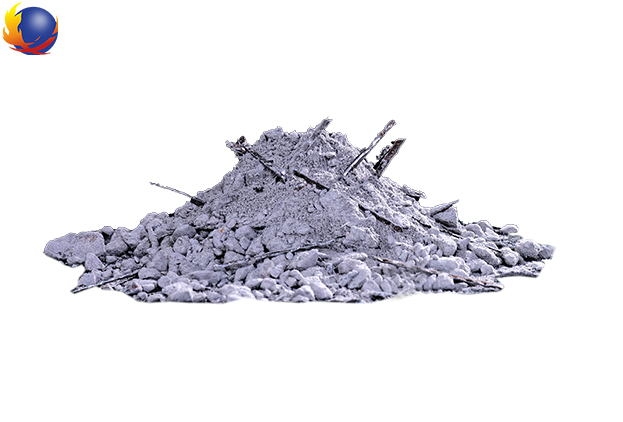1. During the construction of castables, it is necessary to ensure that there is no power outage or interruption of construction.
2. The formwork used for castable construction can be made of steel plates or hardwood boards. The formwork must have sufficient strength, good rigidity, no deformation, no displacement, and no leakage of slurry. The steel formwork should be coated with release agent, and the wooden formwork should be painted with waterproof paint. Reused templates must be cleaned first and then painted before use.
3. The amount of water added to the castable should be strictly controlled according to the instruction manual and should not exceed the limit. On the premise of ensuring construction performance, the amount of water added should be less but not too much.
4. The mixing time of castables should be no less than 5 minutes. Use a forced mixer when doing this. When mixing, it is advisable to dry mix in advance, then add 80% of the water required for mixing, and then slowly add the remaining water and continue mixing depending on the degree of dryness and wetness until a suitable working consistency is obtained. When mixing different castables, the mixer should be cleaned first.
5. Castables must be used in full buckets and bags. The mixed castable is generally used up within 30 minutes. In high-temperature and dry operating environments, this time should be shortened appropriately. Castables that have initially set or even agglomerated should not be poured into the mold frame, nor should they be mixed with water before use.
6. The acid-resistant castable poured into the mold frame should be immediately vibrated in layers with a vibrating rod. The height of each layer should be no more than 300mm, and the vibration spacing should be about 250mm. Try to avoid touching the anchors during vibrations, and do not allow prolonged or heavy vibrations in the same position. After seeing the slurry on the surface of the castable material, the vibrating rod should be slowly pulled out to avoid segregation and cavities in the castable material layer. The poured body after pouring cannot be subjected to pressure or shock before solidification.
7. When pouring over a large area, the construction should be carried out in blocks. The appropriate area of each pouring area is about 1.5m2. Expansion joints must be left as designed and must not be omitted. Expansion joints should be left at intervals between anchors. 8. After the surface of the castable material is dry, the parts exposed to the air should be covered tightly with plastic film or straw bags. After the initial setting is reached, water should be sprayed regularly for maintenance to keep the surface moist. The curing time should be at least two days, and water should be sprinkled frequently during the first day. After the castable is finally solidified, the side formwork can be removed to continue sprinkling and curing, but the load-bearing formwork cannot be removed until the strength reaches 70%.
9. After the formwork is removed, the pouring body should be inspected promptly. Quality problems such as honeycombing, peeling, and voids must be dealt with and repaired promptly. When the problem is serious, the defective part should be chiseled away to expose the anchor, then filled and tamped with tamping material of the same quality, and continued maintenance. It is forbidden to use cement mortar to smooth it out to cover up the problem.



